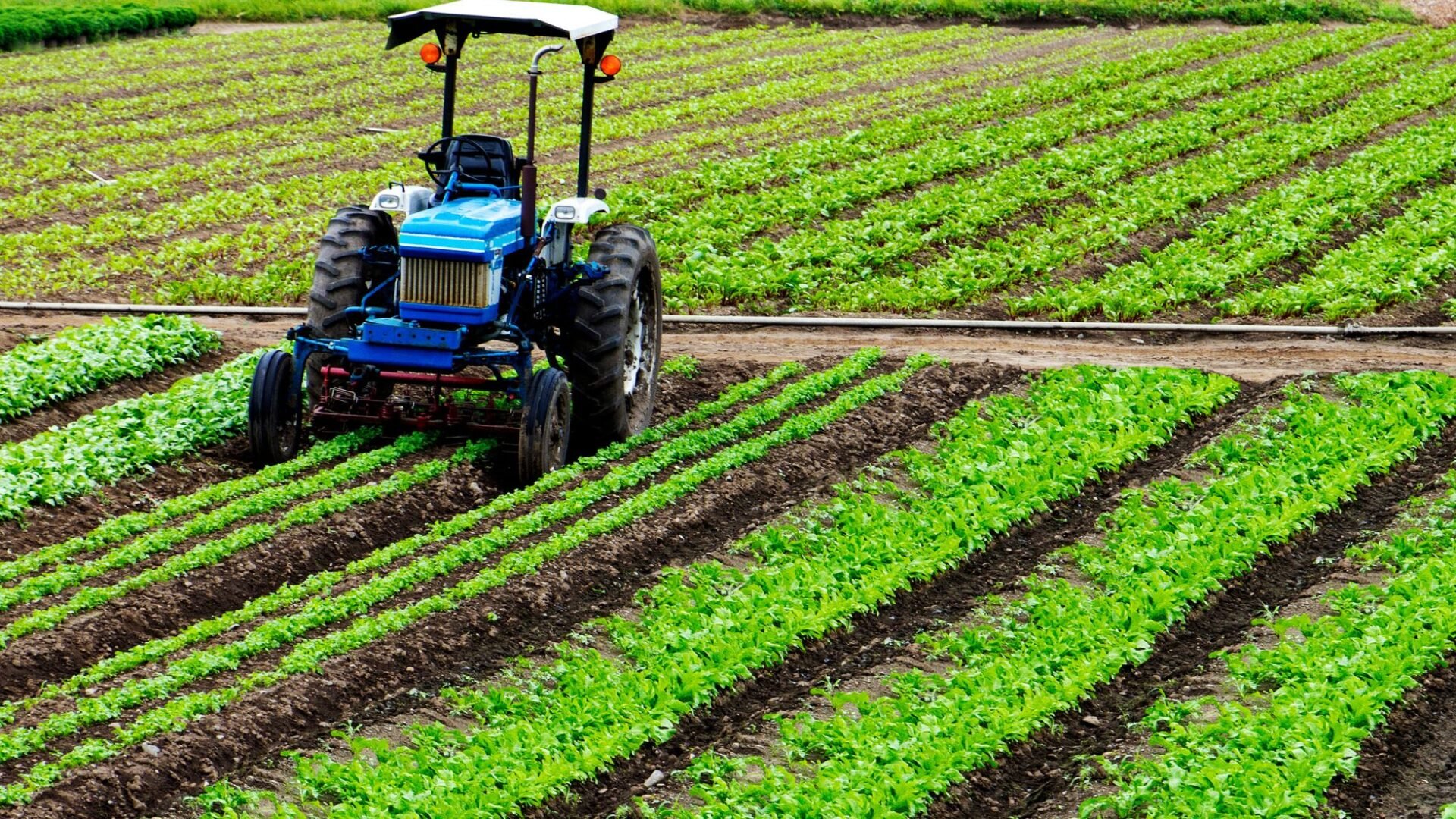Key Takeaways
- A conservative Idaho farmer urges President Trump to act on farm labor shortage.
- His family farm needs about 300 workers each harvest, mostly on H-2A visas.
- Stricter immigration enforcement has scared legal seasonal workers.
- Experts warn of a looming food crisis if farm labor remains scarce.
Farm Labor Shortage Hits Idaho Produce
Shay Myers runs Owyhee Produce, a third-generation farm in rural Idaho. He supports President Trump yet warns that farm labor shortage threatens his family’s legacy. His fields need roughly 300 workers every harvest. Without them, crops rot and prices climb.
Myers loves his local community. However, he feels forced to speak out. He says tougher immigration rules under the Trump administration push many workers away. “We as Americans try to do the right thing,” he says. “Let’s do the right thing.”
Understanding the Farm Labor Shortage Impact
Farm labor shortage affects more than one Idaho farm. Nationwide, farmers count on migrant workers to pick fruits and vegetables. When workers vanish, production slows. Costs rise. Consumers pay more at the grocery store. Moreover, grocery shelves risk gaps.
The U.S. Department of Agriculture indicates that nearly sixty percent of farmworkers lack legal status. If authorities deport them all, Myers warns that food prices won’t stay low for long. Hence, the farm labor shortage does not just hit farmers. It hits every shopper.
Why Workers Are Scared
Even seasonal workers with legal visas feel at risk. Many come through the H-2A program. They work here for a few months, then return home. Still, they face sudden checks and arrests. Consequently, word spreads among their friends and family. Few want to apply now.
Mauricio Sol, who picks onions at Owyhee Produce, explains that fear grows despite legal status. He says friends worry about raids during their stay. Therefore, they avoid the H-2A program. This drop in applications deepens the farm labor shortage.
The Numbers Behind the Shortage
Myers reports that ninety percent of his harvest team comes from Mexico or nearby countries. These men and women work long hours in heat and cold. Local workers rarely volunteer for such tough outdoor tasks. As a result, farms rely heavily on migrant workers.
According to legislative experts, if farmers lose more than half of their crew, production falls sharply. In turn, prices climb. Shoppers see higher costs for tomatoes, lettuce, and other staples. Thus, farm labor shortage becomes a chain reaction from field to table.
A Conservative Voice Calls for Action
Myers identifies as a Republican and a Trump supporter. Yet, he believes his political stance gives him a platform. He hopes to bridge the divide on immigration reform. People may listen when someone from his side speaks honestly about farm labor shortage.
He stresses that this is not a red or blue issue. It is about survival. Without enough workers, farms like his cannot plant or harvest on time. He fears for his family’s farm, which has run for three generations.
Potential Solutions for the Crisis
Farmers and experts propose several fixes. First, they urge streamlining H-2A visa applications. Faster processing would bring more legal workers before harvest. Second, they call for improved border technology to vet migrants quickly. Third, some suggest a new guest-worker program with fair wages.
Moreover, farming groups want protections for seasonal workers. They argue that safe housing and reliable transportation encourage more applications. Additionally, bipartisan talks could yield immigration reform that balances security with legal labor needs.
What Happens Next
President Trump faces pressure from many sides. On one hand, he must enforce border rules. On the other, farm groups warn of a food crisis. If the administration adjusts policies, more workers may return. If not, farmers will watch crops go unharvested.
Meanwhile, Myers and other growers continue planting and hoping. They write letters, meet local legislators, and share stories of empty fields. They want swift action. They fear each unpicked crop leads to higher prices at the checkout.
Ultimately, the farm labor shortage is more than numbers. It is about communities, traditions, and the food on every table. When farmers say their workers matter, they speak for us all. They ask leaders to listen and act.
Frequently Asked Questions
How does the farm labor shortage affect food prices?
When farms lack enough workers, crops may spoil or yield less. Lower supply pushes prices up in stores.
Why do farms rely on H-2A visas?
Local workers often avoid tough outdoor tasks. H-2A visas allow farmers to hire seasonal workers legally.
What makes seasonal workers hesitate to come?
Stricter enforcement and random arrests scare even those with valid visas. Fear of detention keeps many away.
Can policy changes solve the worker shortage?
Yes. Faster visa processing, better border screening, and fair guest-worker programs could help fill farm jobs.

